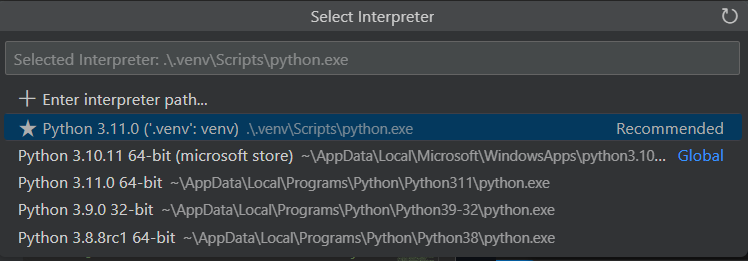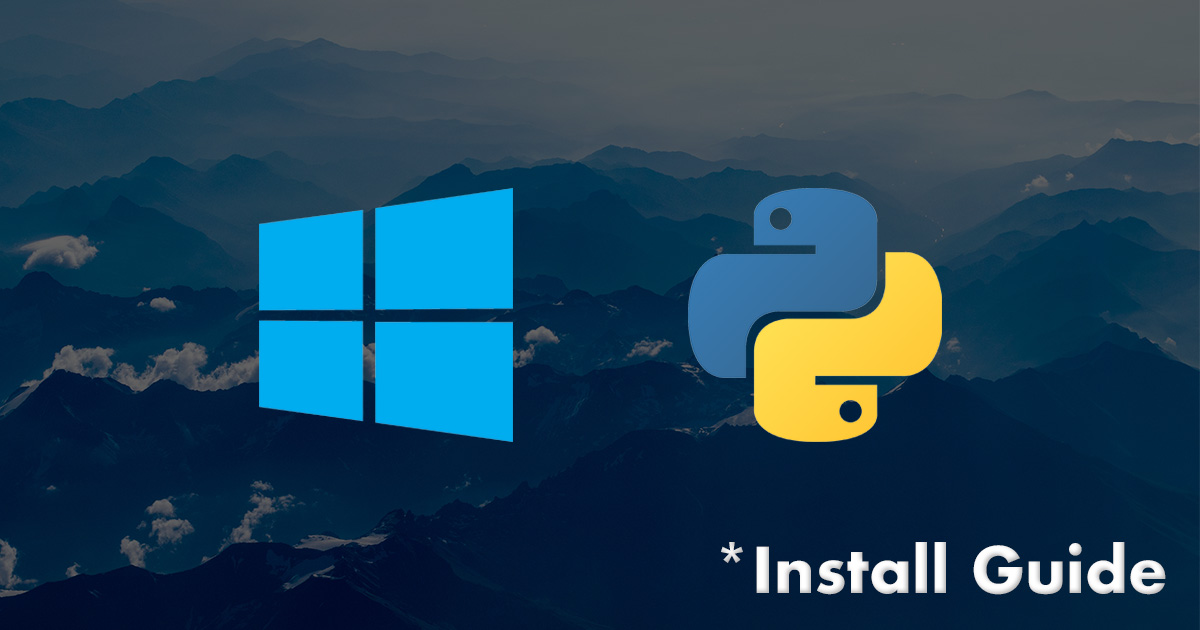
- #Set up local development server for django application on mac how to
- #Set up local development server for django application on mac install
- #Set up local development server for django application on mac full
- #Set up local development server for django application on mac software
- #Set up local development server for django application on mac code
Then check out the Terraform files from the infrastructure repository, and open them in P圜harm. If you don’t have the CLI installed, you can manually create a file in ~/.aws/credentials with the following contents: Terraform will use the AWS credentials you’ve configured for the AWS CLI.
#Set up local development server for django application on mac full
As we’re writing full security groups, Terraform needs us to specify explicitly that our DB host can communicate to the outside world.įor the sake of ‘brevity’ I won’t go through the rest of the Terraform configuration here, but it’s all in the repo, and if you have any questions, let us know in the comments! Applying the Configuration So for example, an SSH connection from the web host would be denied, even though the web host is in the same subnet as the management host. We’re allowing SSH and SQL connections in, but we specify the security groups that it’s allowed to come in from. Let’s have a closer look at the configuration of the database host (which is in the private subnet): The instances in the private subnet will only get a private IP.

Furthermore, we’ll have internal IP addresses we can use to communicate between the EC2 instances for this project.Īny EC2 instance launched in the public subnet will receive both a private IP address (in the 10.0.x.x range) and a public IP address. By creating a new VPC this application is fully separated from other applications in my AWS account. The networking setup creates the public and private subnets within our virtual private cloud (VPC).

Splitting the files is just to make it easier for us to find things. Terraform reads all files in the directory and essentially combines them into one big file. The infrastructure essentially consists of three files: the network setup, the instances, and some additional provisioning details.
#Set up local development server for django application on mac code
I’ve split the code into two repositories: the project itself, and the infrastructure. As it’s what a lot of the cool kids are using today, we’ll use this for the grouporder project.
#Set up local development server for django application on mac software
Terraform is software from the same guys who make Vagrant and Consul, that allows us to write our desired state in a language that’s a lot user-friendlier than CloudFormation JSON. CloudFormation is a solution that allows us to describe a desired infrastructure in JSON which can then be applied to AWS. The CLI makes scripting easy, but it’s hard to make scripts that are idempotent and allow for easy changes. The next options come from AWS themselves: the CLI and CloudFormation. However, that would be hard to reproduce, and impossible to version control. We could manually go into the AWS Console and configure everything from there. Now that we know the configuration we want on AWS, we need a way to make it happen.
#Set up local development server for django application on mac install
It would be very hard to install PostgreSQL on it without it. Not shown in the diagram is the NAT gateway that’s necessary to make sure we can access the internet from the DB host. We’ll also run Ansible configuration changes from this box.Īs only the management and web hosts need to be exposed to the internet, we can put the database host in a private subnet.

We’ll use that as an SSH bastion to connect to the other machines. In line with this practice, we’ll add a third EC2 instance to be a ‘management host’. To keep in line with best practices, we’ll want to make only the absolutely necessary ports open. We’ll create a two-tier environment on AWS: a web server, and a database server. There are some difficulties on Windows with the SSH configuration for Terraform. This blog post was written on Ubuntu it should work as well on macOS.
#Set up local development server for django application on mac how to
If you’re interested in seeing how to prepare this application for production, let me know in the comments! The environment we’ll describe here is configured for development, not production. Today, we’ll take our app to AWS, and we’ll set up a remote development environment. In the last two blog posts of this series we discussed how to set up a local VM-based development environment for a cloud application, and then built a Flask-RESTful app within this environment.


 0 kommentar(er)
0 kommentar(er)
